Varanasi, often called the spiritual heart of India, is feeling the strain of modern challenges. As a revered pilgrimage destination, the ancient city is inundated with visitors, creating significant pressure on its infrastructure. In response, the Toyota Mobility Foundation (TMF) has launched the Varanasi City Challenge, a key component of the broader Sustainable Cities Challenge. This initiative, in collaboration with Challenge Works and the World Resources Institute (WRI), aims to develop sustainable, data-driven solutions tailored to the city's unique needs. By bringing together city leaders, technologists, and community members, the challenge seeks to address the complex issues of safety, accessibility, and crowd management while respecting Varanasi's rich cultural heritage.
In this exclusive interview with TheCSRUniverse, Mr. Pras Ganesh, Executive Program Director of Toyota Mobility Foundation, shares the foundation's vision and strategic approach to tackling these mobility challenges. He discusses how the initiative will use technology and design to enhance the city’s infrastructure and highlights the crucial role of local stakeholders in ensuring long-term sustainability and community engagement.
Read on to discover how these efforts are set to transform Varanasi while preserving its timeless spirit.
Q&A
Q. Can you share Toyota Mobility Foundation's overarching vision for CSR and sustainability, and how does it guide the Varanasi Challenge within the broader Sustainable Cities Challenge initiative?
A. The Toyota Mobility Foundation was established in August 2014 to help create a better, more mobile society. We share our know-how and work in partnership with universities, government, non-profit organizations, research institutions and other organizations. By applying Toyota’s expertise in technology, safety, and the environment, we seek to resolve urban transportation challenges, expand options and access for personal mobility, and design human-centered mobility solutions for the future.
Being one of the largest religious tourist destinations in the country, Varanasi experiences huge volumes of tourists from across the globe who come to the city for pilgrimage and religious and cultural activities. This influx of people, while forming the backbone for the city’s economy, brings with it challenges such as congestion, safety and overcrowding. In Varanasi, TMF will work with the city authorities and innovators from around the world and leverage the potential of innovation to improve crowd flow and management in the city.
Q. Given your background, how will you leverage your experience to achieve social impact through sustainable and inclusive mobility solutions in Varanasi, considering the city's unique cultural context?
A. I have been with Toyota Mobility Foundation since 2016 and have been leading all Asia Pacific projects and direction over the last 9 years. TMF started with the vision of our Chairman, Akio Toyoda, who was committed to the possibilities enabled by Mobility for All to help create a better, more mobile society.
By leveraging Toyota’s expertise in technology, safety, and the environment, we tackle urban transportation challenges, expand options and design human-centered mobility solutions for the future. In Asia, we have executed several projects to enhance safety, accessibility and sustainability using data-driven approaches. We have partnered with key stakeholders across the region leveraging the expertise of local governments, subject matter experts and enterprises to ensure lasting impact. These include the development of on-demand xEV shuttle service initiatives in Bali, advanced human centric data-driven solutions to ease traffic in Bangkok and to bridge the last mile connectivity gap to metro stations across multiple cities in India, among several others.
In Varanasi, transport challenges stem from the influx of millions of tourists from across the globe attracted to the city’s rich historical and religious significance. Narrow pathways and crowded markets create a unique mobility challenge. The historical infrastructure of Kashi holds significant cultural value and cannot be altered, adding an additional layer of complexity.
Through the Sustainable Cities Challenge, with respect to the history and culture of the city, we aim apply our expertise in mobility and open innovation to identify solutions incorporate elements of technology and design to improve safety and accessibility to the old city of Kashi for the tourists, residents and vulnerable groups. We aim to leverage the city’s resources, infrastructure and experiences to develop solutions for city authorities to manage crowd flow and improve safety and accessibility to the temple district in the city.
Q. Compared to Detroit and Venice's challenges, what makes Varanasi's focus on crowd management unique? How can winning solutions be adapted for other pilgrimage sites globally?
A. Varanasi's transport landscape is unique, unlike that seen in Western cities where development is more planned, and transportation challenges usually stem from urban sprawl and historical layouts. As one of the world's oldest cities with religious significance, Varanasi features crowded, narrow streets that challenge pedestrian flow and access to historic sites. Its vibrant marketplaces, daily religious ceremonies, periodic religious great events etc, all add to these navigational issues.
Globally, cities have begun to employ data and technology driven solutions to tackle the challenges that come with overcrowding. Examples include the use of technologies for crowd management include the attempt to ensure continuous crowd flow at the Tirupati Tirumala Temple, or even others such as in Barcelona or Mecca. Solutions from the Varanasi challenge can, to start with, be applied to other Indian pilgrimage sites, with Uttar Pradesh showing interest in tech-based crowd control. Furthermore, these solutions will also be applicable at pilgrimage locations across the globe, that face challenges similar to that of Varanasi, such as historical infrastructure, narrow lanes, and seasonal super crowding events.
Solutions must consider weather, terrain, infrastructure, legal frameworks, city capacity, tourism numbers, and pilgrim interactions, among several others.
Most importantly, however, we need to understand the cultural and behavioral characteristics of the people who live and visit the cities such as Varanasi. The nature of Varanasi will also mean that many people are aged and infirm, and we have to try and consider that for the solution as well.
Q. How will the challenge ensure innovative solutions respect Varanasi's cultural heritage and spiritual significance, while also being user-centered and addressing the needs of diverse groups like pilgrims, tourists, and vulnerable populations?
A. While developing solutions for any location that is a pilgrimage site, balancing innovation with respect for cultural heritage is key to creating successful and sustainable solutions. When onboarded, companies will be taken through an innovator academy where they will have the opportunity to visit and experience the city firsthand. The companies will have the chance to meet with and learn from local stakeholders including the city authorities, local organizations working on mobility and accessibility in the city, residents, tourists, and vulnerable groups in the city to ensure user centered design. Innovators will be mentored by local representatives that will help them understand why certain solutions may or may not work in the city.
Additionally, TMF supported by ChallengeWorks and the World Resources Institute will support with stakeholder engagement, impact measurement, and structure an iterative process to improve the solution's effectiveness and cultural alignment.
Q. How did partnering with Challenge Works and World Resources Institute influence the Varanasi Challenge design? How will the challenge ensure ongoing engagement with local stakeholders throughout the process?
A. Challenge Works are the pre-eminent firm that specialize in organizing open innovation challenges that attract innovators to tackle some of the world’s most pressing issues. The team has been instrumental in assisting the city of Varanasi by supporting the city with refining their challenge statement, establishing eligibility and judging criteria tailored to the city’s needs, and organizing the project timelines for the city, innovators, and project partners.
WRI is a global research organization focused on developing practical solutions that enhance people's lives and ensure environmental sustainability. The WRI team in India have been our long term and truly invaluable partners who have been sharing their support and expertise in understanding the city’s on-the-ground needs and maintaining ongoing stakeholder engagement with city authorities. They have visited the city regularly to ensure alignment among all stakeholders and will continue to liaise with authorities and innovators in the upcoming stages of the sustainable cities challenge.
Q. While the challenge mentions AI and data analytics, will there be an emphasis on non-technology based approaches or social innovation as well? How will technology be integrated into the proposed solutions for crowd management?
A. The Sustainable Cities Challenge for Varanasi aims to identify solutions that are grounded in data to the specific challenges faced by the city. However, data can show trends and make certain rational inferences, but will never understand the cultural and human centric elements that have to be incorporated into the solution. The solutions will also need to be able to adapt to the changing needs of the city. For example, Varanasi faces extremely high levels of crowding during certain special occasions such as the Dev Deepavali and Maha Shivaratri. The crowding seen in the city during these periods far exceeds that seen on a regular basis. Additionally, as most cities do, the layout of Varanasi may change based on development efforts that have been planned for the medium and long term. Thus, the solutions that we deploy will need to adapt to the needs of the city and support either the city authorities, or the people to navigate the city in a safe and efficient manner. The city has been collecting a significant amount of data in the form of CCTV footage, and tourist inflow numbers by road, rail and airways.
Innovators should leverage these datasets while collecting their own to develop their solutions based on the needs of the city.
However, the complexity of the challenge in Varanasi calls for a more multi-disciplinary approach. Considering this, the applicability of non-technology based solutions or social innovation approaches will be considered while carefully assessing their synergy with other solutions.
Q. Beyond congestion reduction, can successful solutions contribute to reducing Varanasi's environmental footprint?
A. The problem statement identified by the city for the Sustainable Cities Challenge focuses on improving crowd flow in the old city of Kashi. We will always try and encourage sustainable elements within the solution, including for managing the data, energy sources or mobility solutions. Specifically for mobility, as a majority of the movement in the old city of Kashi is by foot, the solutions identified be more about crowd flow and movement.
Q. What metrics will be used to evaluate the success of the implemented solutions? How will the challenge encourage financial sustainability of winning solutions beyond the initial funding?
A. Crowd density, wait times, safety and security related incidents, user experience, and accessibility are some impact metrics that we will use to assess the impact of the implemented solutions. However, we will be customizing these based on the specific solutions that we get as a part of the challenge.
Selected companies will be offered an implementation grant to demonstrate and pilot test their solutions in the city throughout the duration of the challenge.
TMF will be supporting the innovators and companies through the challenge process by guiding them with our problem solving, mobility expertise and business strategy advice where applicable. Additionally, companies will also have access to a network of like-minded innovators, and have the opportunity to collaborate. TMF will also be supporting the innovators to directly engage with city leaders and interact with the problem owners, end users and beneficiaries giving them the opportunity to not only learn, customize and scale their solutions based on the needs of the market but also validate their solutions by demonstrating the potential of their solutions in the real-life context. The winner grant, offered by TMF, will allow companies to go beyond short term small scale demonstrations and scale their solutions in the city.
Q. What are the biggest challenges you foresee in implementing sustainable mobility solutions in Varanasi, and how does Toyota Mobility Foundation plan to address them?
A. I think the most important task for us will be to ensure that the innovators understand the local context of the city in terms of the religious and cultural significance that influence the daily life and mobility patterns in the city, specifically to understand the demographic, the physical ability and the motivation with which people visit the city.
We are trying to tackle this in 2 ways:
Innovator Academy: An innovator academy will be held in person in Varanasi to allow companies to experience, firsthand, the crowding challenge faced by people in the city. This is akin to the Genchi Gembutsu, one of Toyota’s ways of working. The best way to understand something is to go and see for yourself. To allow the innovators to learn more about the city, the academy will allow innovators to directly engage with city authorities, local organizations, crowding, urban design and technology experts, tourists, residents and representatives from vulnerable groups among several others.
Mentors: When selected as a semi-finalist of the challenge, innovators will be assigned mentors from the local community who will support the team with information about the local perspective, past interventions and their effectiveness, local processes and regulations and support with community interaction.
Q. How will the challenge ensure all stakeholders are involved in the design, testing, and implementation of the chosen solutions to achieve long-term community buy-in?
A. As mentioned earlier, the innovator academy will allow companies to engage with city level authorities, local experts and the people of Varanasi to experience the city and learn about the needs. During the semi-finalist phase, companies will have the chance to conduct market research to assess the compatibility of their solutions with the on-ground needs and tweak their solutions. This will be an iterative process, with periodic interactions with the TMF team, the local mentors, city authorities and target stakeholders to ensure viability of their solution, which is one of the key pillars of the judging criteria for the challenge.
Companies will need to take the inputs from all the stakeholders into consideration when preparing their pilot plan, based on which they will be selected as finalists to execute their pilot plan over an 8-month period. Even during the pilot, companies will have periodic check-ins with the stakeholders to ensure continuous appraisal, feedback and buy-in.
Q. How can Toyota Mobility Foundation foster a collaborative ecosystem where innovators, cities, and funders can continue working together beyond this specific challenge?
A. Through all our projects in each region, we have developed a strong network of academic experts, innovators, research think tanks, government agencies and other organizations with experience and expertise on a broad array of mobility related topics from mobility solutions for the differently abled, to public transport and congestion expertise, to alternative fuel technologies. With every project we have executed, we have tried to nurture collaboration among all parties towards greater goals beyond that of the project.
As one of TMF’s largest and first globally executed projects, the Sustainable Cities Challenge has already provided our team immense learning about the needs of cities around the world. While each city has very specific needs, and no one solution will be directly applicable across all cities, it is evident that there is a huge opportunity for knowledge sharing – for cities, innovators and for the project partners. We believe that the SCC provides us a unique opportunity to enable global engagement and knowledge sharing not just across the three cities hosting the challenge but across the entire TMF network.
Q. Moving forward, what are the key milestones and future plans for the Toyota Mobility Foundation in terms of expanding its sustainability initiatives and driving impactful change in urban mobility across different regions?
A. Toyota Mobility Foundation works in partnership with universities, governments, non-profits, research institutions and other organizations across the globe, creating programs to support the development of a more mobile society in which everyone can move freely. It utilizes Toyota’s expertise and technologies to support strong mobility systems while eliminating disparities in mobility.
Moving forward, the Toyota Mobility Foundation will continue to utilize the technologies and know-how it has cultivated through the projects we have executed by collaborating with various partners around the world, to support the development of a more mobile society in which everyone can move freely. With Innovation, Collaboration and Legacy as our guiding pillars, we will continue to work on projects that nurture advancements in technology and service provision, by working with impactful partners with similar values to develop solutions that have the potential to adapt and sustain the changing needs of cities.



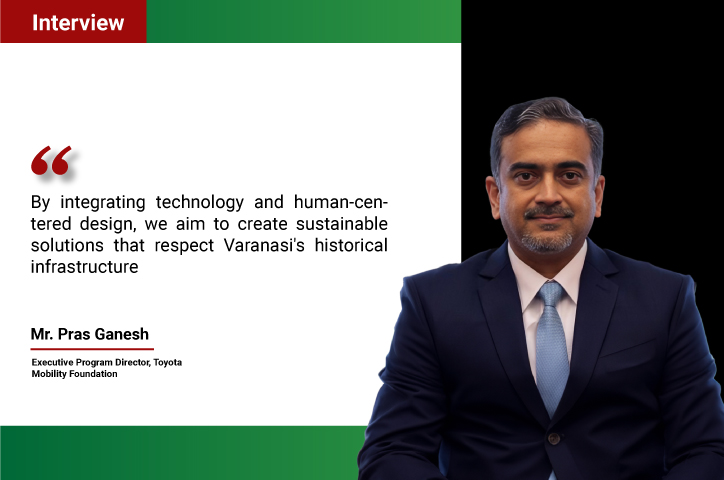

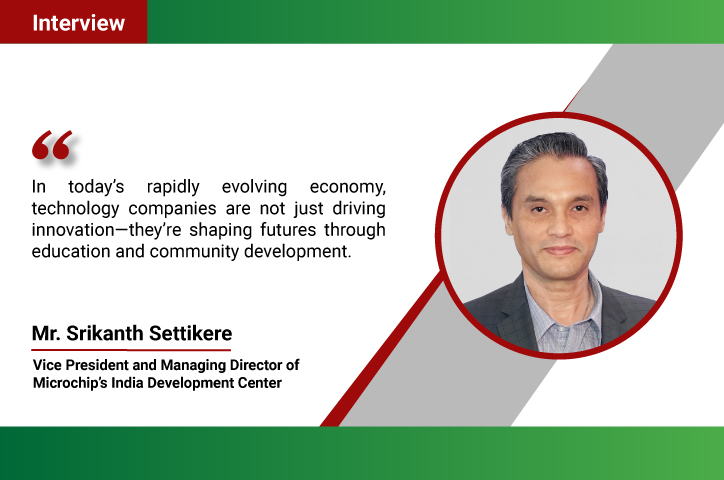
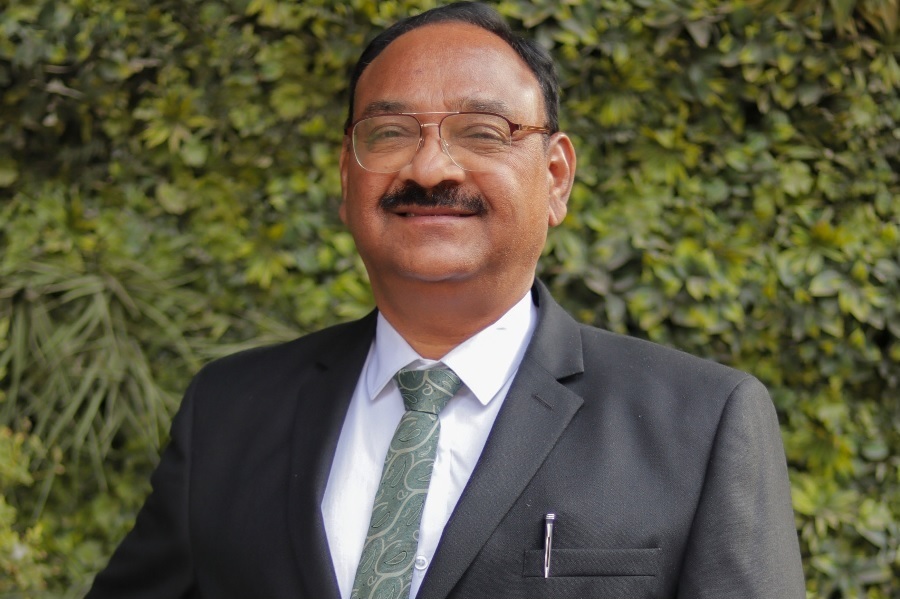
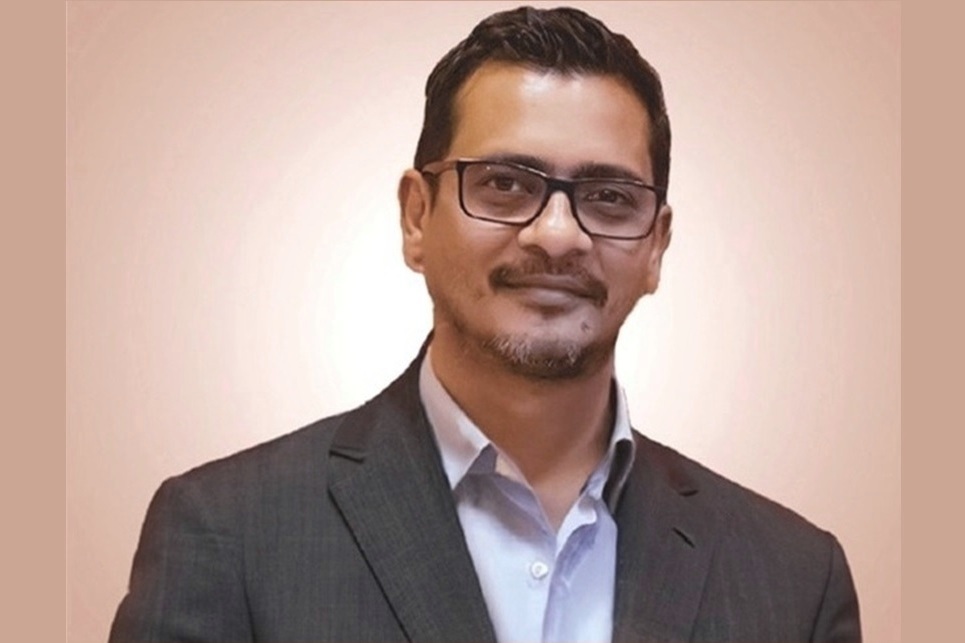

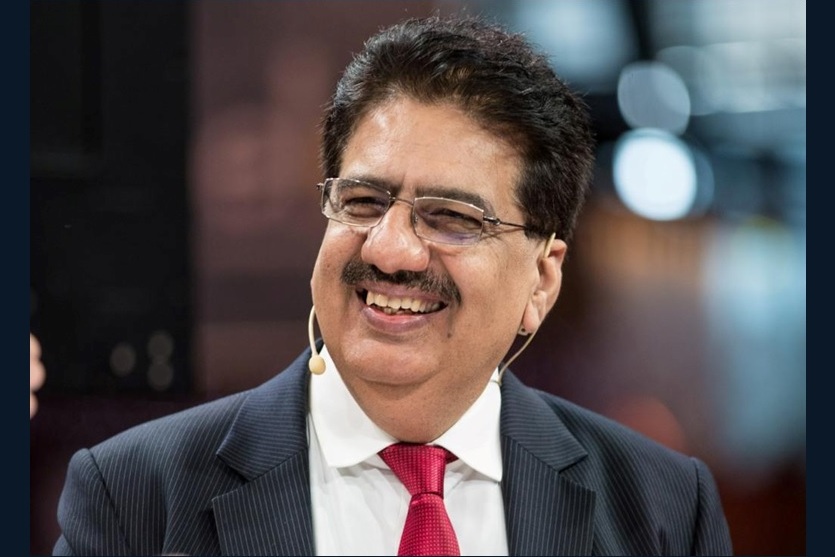

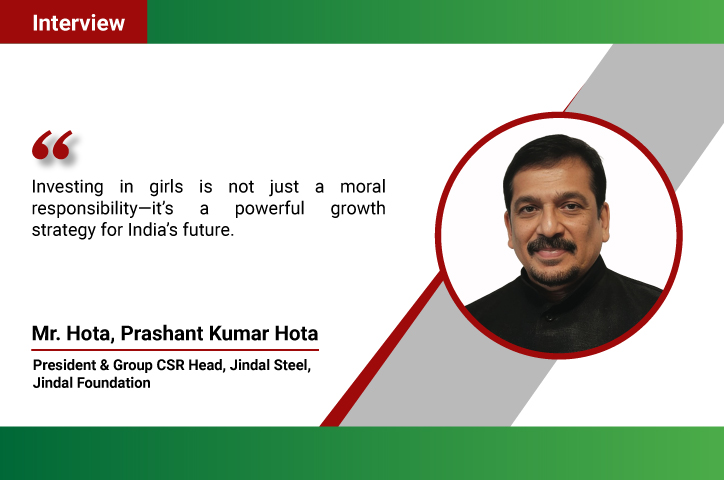
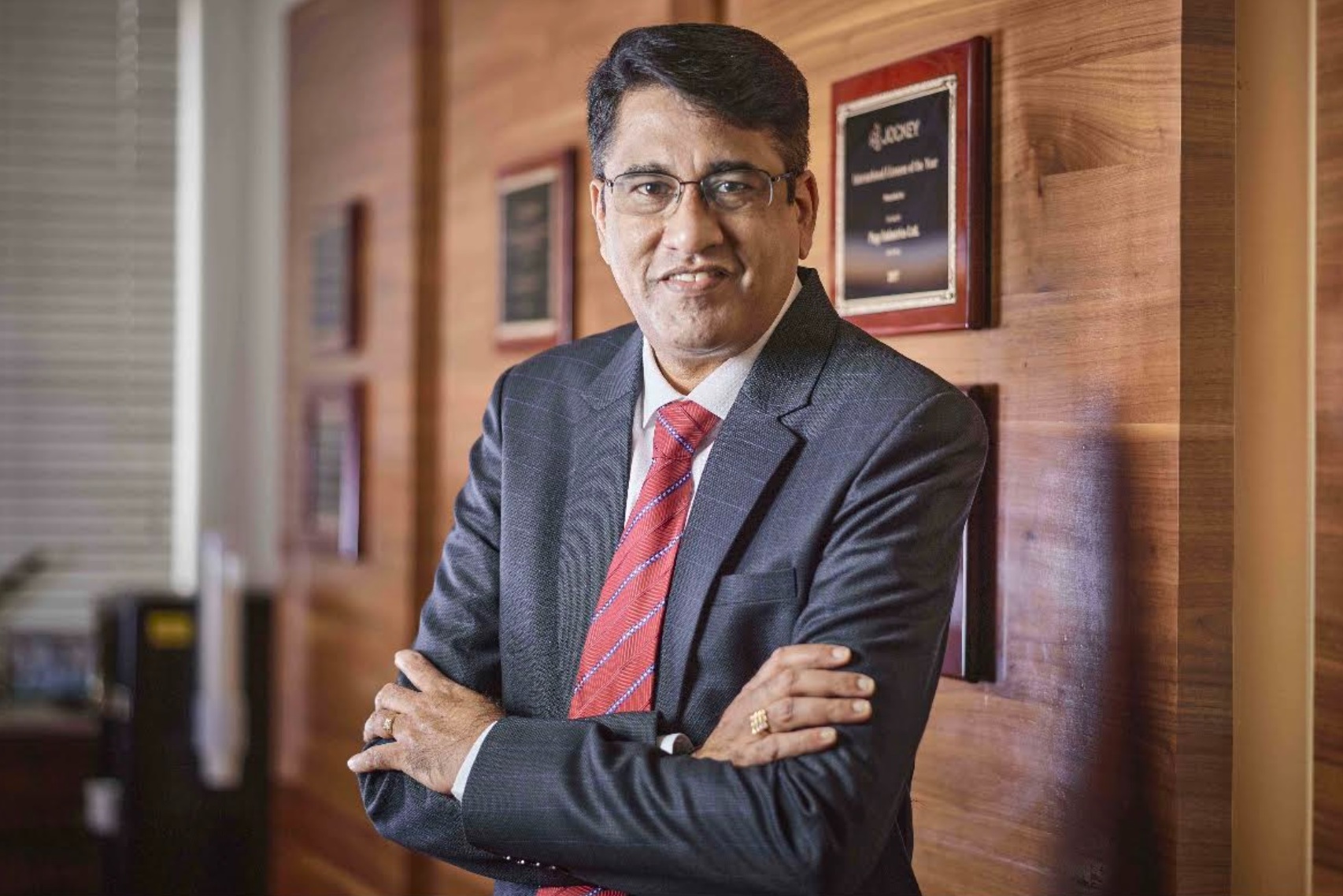
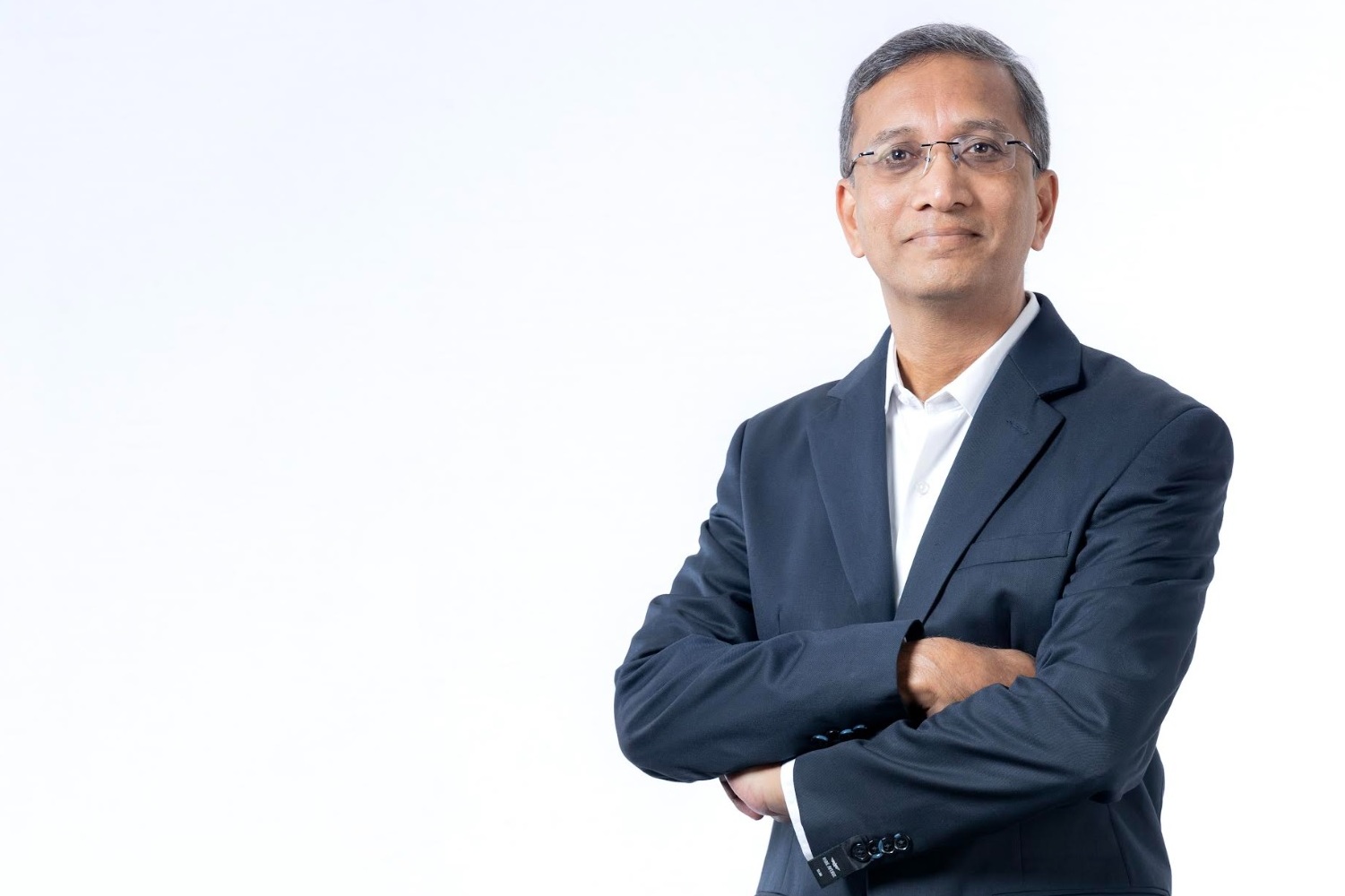
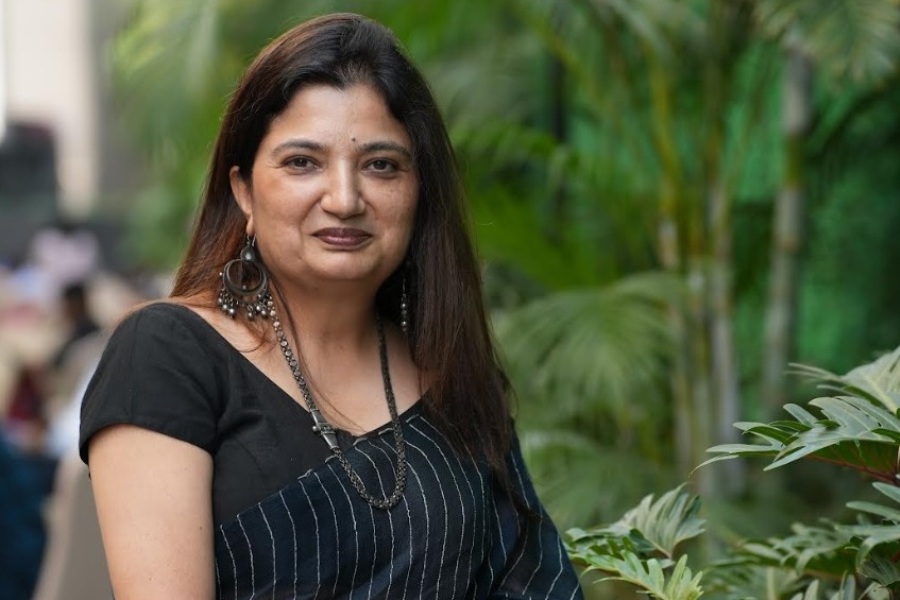

.jpg)




